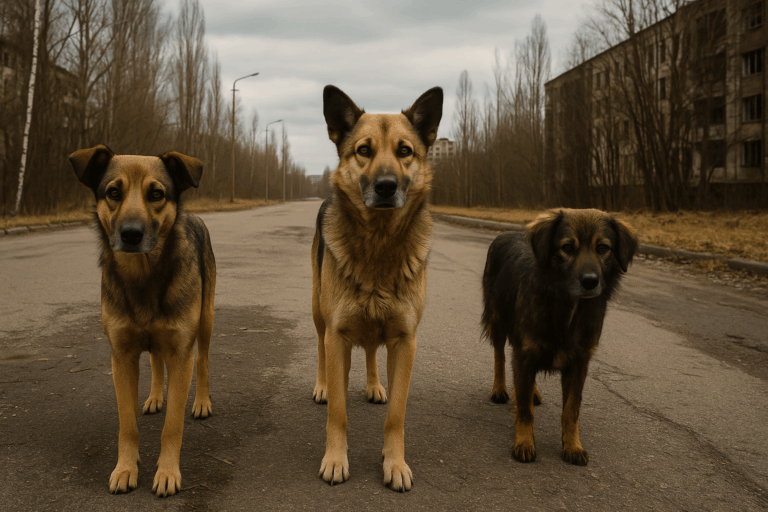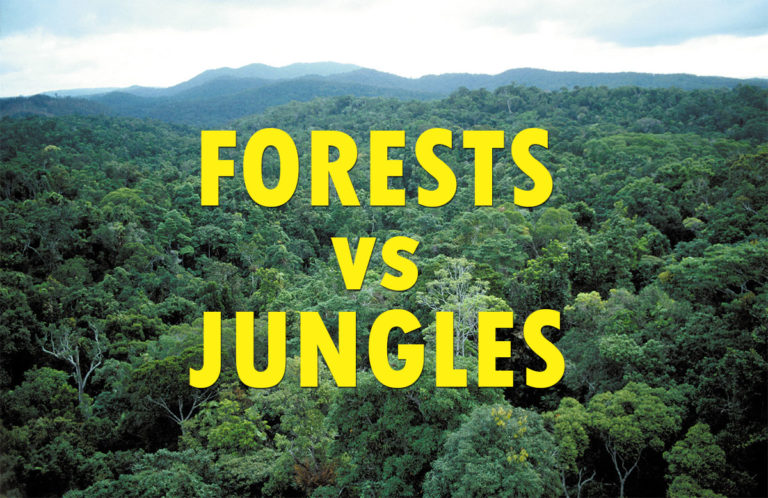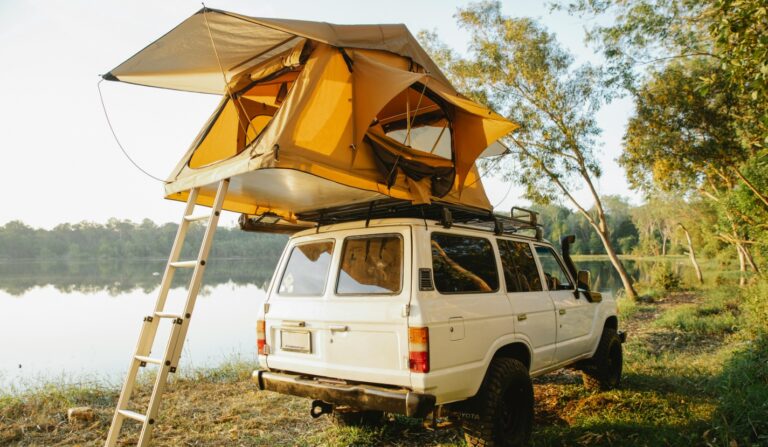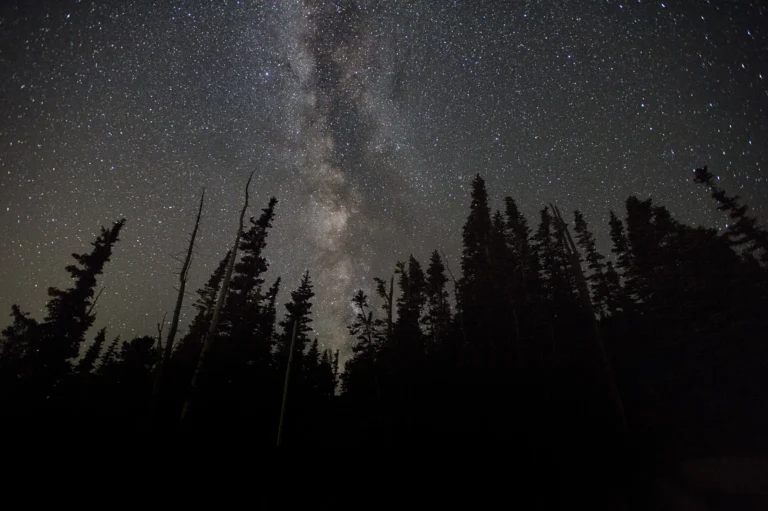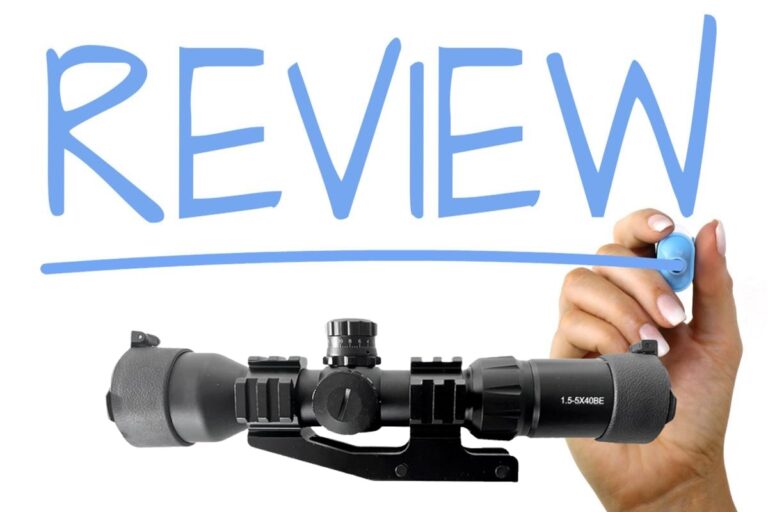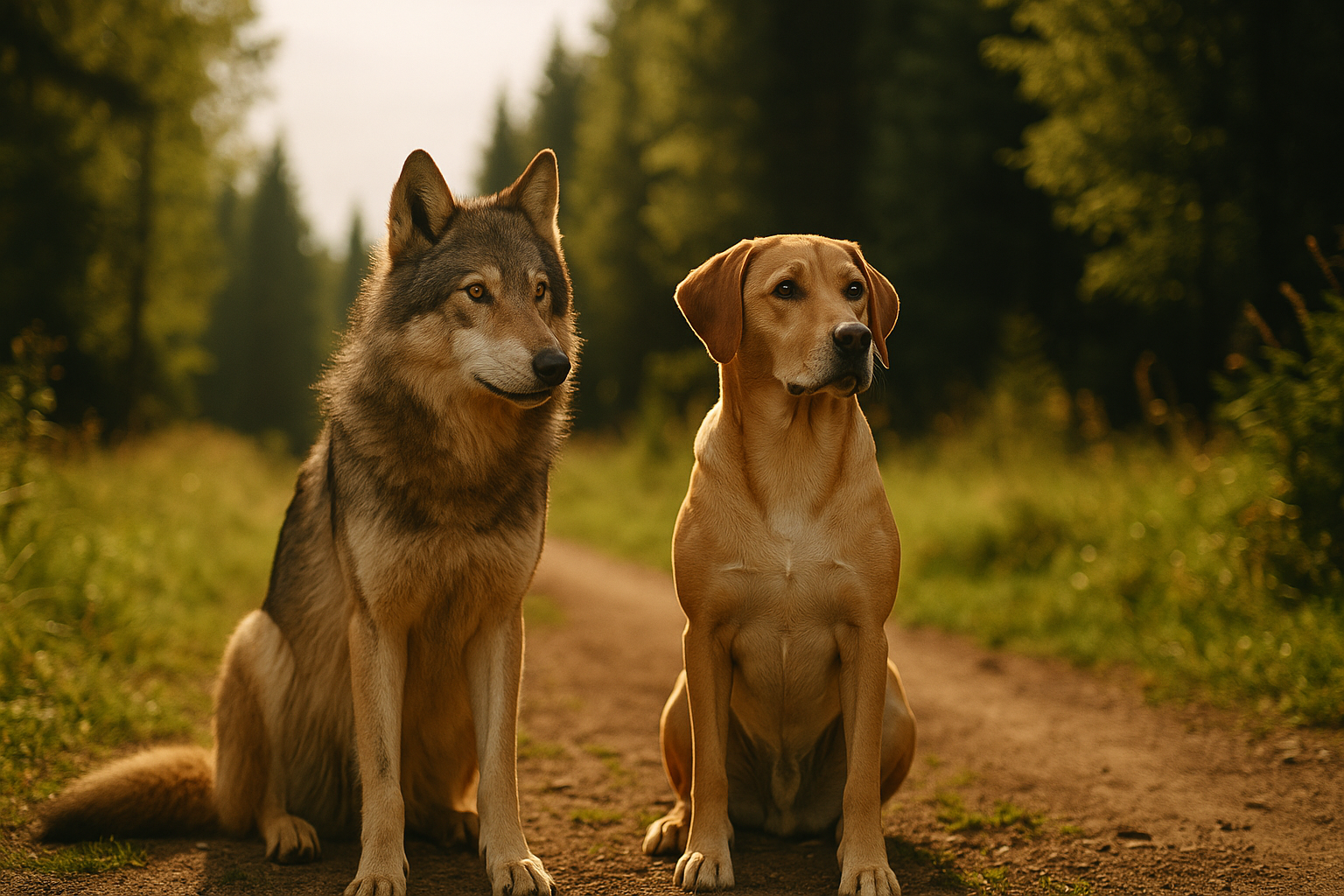
Personally. my favorite childhood memories involve pet dogs I’ve had. Over the years they’ve been an integral part of my life. Sadly, saying goodbye to these loyal companions once they’ve breathed their last hasn’t gotten easier. If anything it seems to get harder each time. Nevertheless, the memories they bring and the joy we can provide them seems to make these journeys well worth it.
There’s something primal in the gaze of a dog. Something ancient. Like the whisper of the forest at dusk. It’s no wonder, really. That wagging tail, those watchful eyes—they’re remnants of a bond forged tens of thousands of years ago.
Dogs weren’t always the couch-surfing companions we know today. Their journey begins in the Paleolithic age. Back when humans lived in caves. Back when survival depended on sharp eyes, quick reflexes, and mutual respect between species.
When Wolves Drew Closer to the Fire
Before the leash. Before the squeaky toys. There were wolves. Gray wolves, to be specific—Canis lupus. Fierce predators, yes. But also incredibly intelligent pack animals.
Not far behind, trailing human camps for scraps, lurked their more curious cousins. These weren’t the dominant alphas. They were smaller, more tolerant of human proximity. Over time, these wolves stopped running away. They started watching us. Waiting. Learning.
It was a mutual benefit. Early humans gained early warning systems. Wolves got easy meals. Slowly, wariness gave way to trust. And trust turned into partnership.
Not All Wolves Were Equal
While most of the wild packs kept their distance, a few began evolving differently. Genetic studies show that the domestication of dogs may have begun as far back as 20,000 to 40,000 years ago—long before agriculture.
Interestingly, they weren’t descended from today’s wolves. Nor from the larger, now-extinct dire wolves that once roamed the Americas. Dogs share a common ancestor with wolves, but they branched off onto their own path.
It wasn’t humans capturing wolf pups and training them. It was wolves domesticating themselves. Choosing proximity over predation. Choosing cooperation over conflict.
The First Dogs: Guardians, Hunters, Friends
Early dogs earned their keep. They helped humans hunt. They guarded camps. They cleaned up scraps. In return, they received shelter, companionship, and a place in the tribe.
From archaeological sites in Siberia to the Natufian caves of the Middle East, remains of dogs have been found buried alongside humans. Some wore necklaces. Others were curled up as if in sleep. These weren’t just animals. They were family.
From Village Dogs to Breeds
Fast forward a few millennia.
As humans spread across the globe, so did their dogs. Natural selection shaped the earliest ones. But later, selective breeding began shaping dogs to suit human needs—herding, guarding, retrieving, even warmth.
The result? Over 300 recognized breeds. From the swift greyhound to the sturdy malamute. From the loyal Labrador to the sprightly Jack Russell. Yet deep inside, they all carry traces of that ancient campfire alliance.
Even today’s so-called “village dogs”—the free-roaming, mixed-breed dogs found across the developing world—often resemble those first domesticated canines more than any purebred.
What We Owe Them
The bond between human and dog is one of the oldest known partnerships. Older than farming. Older than written language.
Dogs helped us survive. And we, in turn, changed their fate forever.
But with that comes responsibility. To treat them with the same respect their ancestors once earned. To ensure modern dogs are cared for, understood, and given lives of purpose—not just pampering.
As someone who has camped beside a loyal mutt under a canopy of stars, I can tell you—it’s a bond that still matters. It’s as real now as it was in the Paleolithic night.
The Evolution of Dogs From Wolves
The transformation of wolves into domesticated dogs is one of the most remarkable stories of co-evolution between humans and animals. Genetic studies suggest this bond began between 20,000 and 40,000 years ago, when early humans and gray wolves formed a mutually beneficial relationship. Wolves began scavenging near human settlements, and over generations, those that were less aggressive and more social were gradually domesticated.
Selective breeding by humans further refined traits like obedience, hunting skills, and companionship, giving rise to early dog breeds. This long-standing partnership reflects not only survival strategies but a deepening emotional bond, leading to the loyal, diverse companions we know today.
Evolution Of Dogs: A Timeline
~40,000 BCE – Initial Contact
- Wolves begin scavenging near human campsites.
- Human tolerance for less aggressive wolves leads to early domestication cues.
~30,000–20,000 BCE – Mutual Relationship
- Proto-dogs start forming close bonds with humans, helping with hunting and security.
~15,000 BCE – Early Domestication
- Genetic evidence shows distinct lineages between dogs and wolves.
- Dogs begin to diverge in behavior and appearance.
~9,000 BCE – Agricultural Societies
- Dogs used for herding and guarding livestock.
- Breeding becomes more intentional based on functional traits.
~1,000 BCE – Expansion of Breeds
- Ancient civilizations (Egypt, China, Greece) develop distinct breeds for tasks and status.
- Dogs depicted in art and mythology as protectors and companions.
18th–19th Century – Breed Standardization
- The rise of kennel clubs and formal breed classifications.
- Selective breeding intensifies, leading to hundreds of distinct breeds.
Modern Day
- Dogs are integral to families and society.
- Roles range from therapy and service to working dogs in law enforcement and agriculture.
- Continued focus on canine health, behavior, and ethical breeding.
A Legacy Worth Protecting
When I watch my dog trot alongside me on a trail, ears perked, nose twitching at every scent, I’m reminded of just how deep this connection runs. It’s not just companionship. It’s legacy. Echoes of wolves, shadows of dire wolves, flickers of ancient firelight in his eyes.
So here’s to the modern dog. A creature shaped by time, trust, and trail miles. They’ve walked beside us through ice ages and empires. They’ve earned their place—not by force, but by faith.
And in return, we owe them more than treats. We owe them stewardship.
Let’s be worthy of their loyalty.
